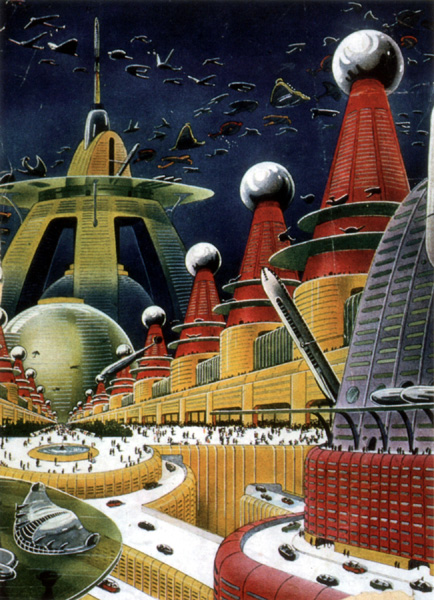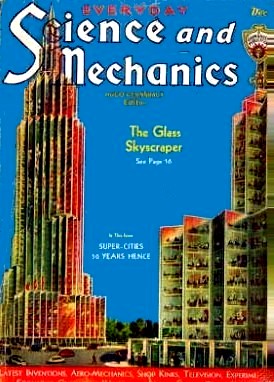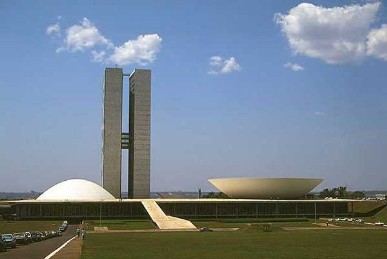Tales of Future Past v2
Main menu
- Home Page
-
Life on Other Worlds
- Life on Other Worlds
- Life on the Planets
- Life on the Moons
- Tales of the Stars
-
Future Living
- Future Living
- Life in 2000 AD
- Leisure
- Shopping
- Drive-In Market
- Cosmetics
- Laundry
- Strikerette
- School: 1999
- Optionics
- Life in 2055
- Future Movies
- Sensorama
- Scopitone
- Radio Pirates
- Weather Control
- Automatic Lumberjack
- Cold Light
- Eternal Youth
- Cryonics
- Suspended Animation
- Space Funeral
- Space Holidays
- Trapped by Television
- Robot Dogs
- Churchill: 1982
- Future House
- Future Kitchen
- Future Food
- Future Work
-
Future City
- Future City
- Skyscraper World
- Tomorrow's Skyline
- Urban Utopias
- World's Fair City
-
Future Transport
- Future Transport
- Rollerball
- Hydrofoil
- Tourism
- Future Liner
- Monorail
- Garden Rail
- Propeller Rail
- Water Rail
- Rocket Trains
- Radio Trains
- Rocket Mail
- Jet Boat
- Desert Liner
- Huge Truck
- Channel Tunnel
- Iron Whale
- Sea Slug
- Sea Slug 2
- Hovercraft
- Ice Field
- Rocket Port
- Vacuum Trains
- Transatlantic Tunnel
- Future Lift
- Travel: 1928
- Concrete Liner
- Teleportation
- Future Car
- Death Rays
Future City

 This painting by Frank R. Paul's of a city of the future and is pretty typical of such predictions. The city is a massive pile of steel, plastic and glass put together in a way that not only has no past, but actively rejects it. It is a place of heroic technology with skyscrapers the size of whole districts, roof-
This painting by Frank R. Paul's of a city of the future and is pretty typical of such predictions. The city is a massive pile of steel, plastic and glass put together in a way that not only has no past, but actively rejects it. It is a place of heroic technology with skyscrapers the size of whole districts, roof-
The iconic image of the future is the city. Think about it. In how many films have directors established the fact that we're in the future by conjuring up some landscape of incredible buildings with air cars whizzing about like semi-
That's because a city's skyline tells you so much about the culture that built it. New York looks different from London because New York is different from London. Skyscrapers suit New York. They tell you all about New Yorkers and the de facto capital of the United States. Skyscrapers in London, no matter how many they build, look like pimples on a noble face. It's St. Paul's and Westminster Bridge that define London and what she stands for. Westminster Bridge in New York would look like frilly knickers on a Coney Island hot dog.
This was the reason why Stanley Kubrick decided against setting any scenes from 2001: a Space Odyssey on Earth. Kubrick wanted to be as accurate as he could and felt that it was impossible for him to predict what a city on Earth would look like in 2001. Little did he know that he could have just set up a camera in the Strand and he'd have had a good approximation. That's because artists tend to forget that cities have pasts. Unless a city is built from scratch in the wilderness at some insane pace, you will always be surrounded by the evidence of earlier times, which is a good thing. Otherwise you end up with something antiseptic, like Brasilia.
